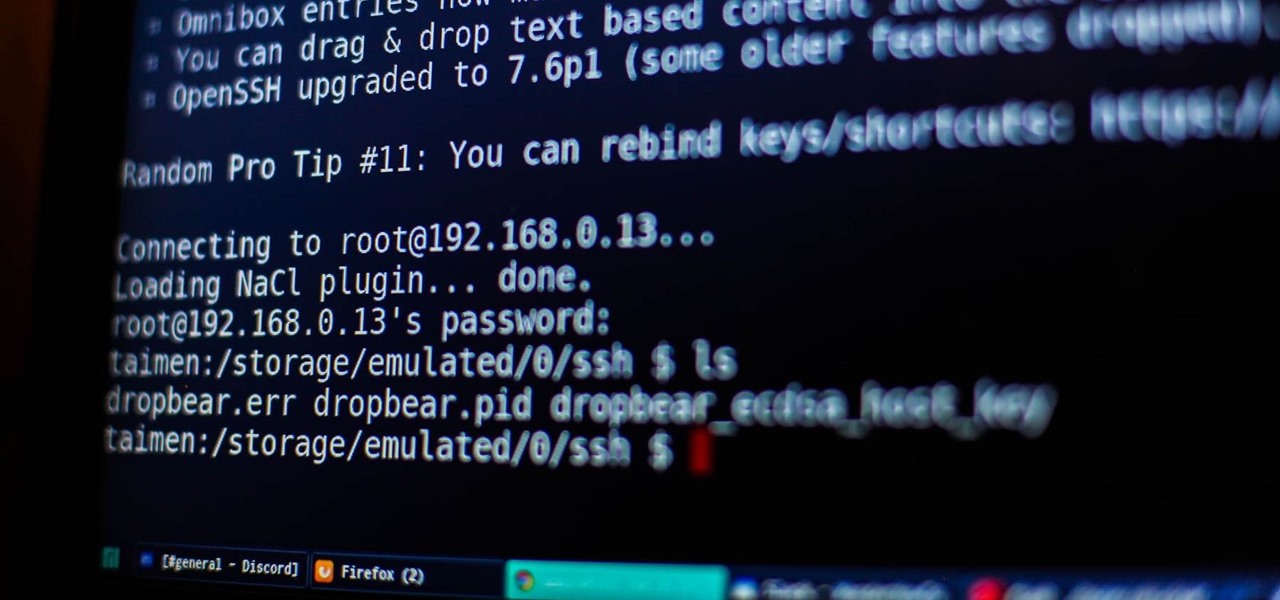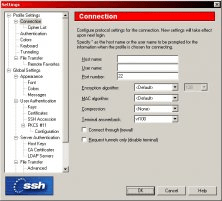


The layer of the SSH protocol that manages communication channels.Ī computer running an SSH client at the location.Ī user accessing SSH over the local computer. The layer responsible for conducting the SSH authentication.Ī client program for establishing a connection with the server.

The following table contains some terms you may encounter when working with SSH: TermĪ user's home directory on a Unix or Unix-like system. The support for SSH-1 has been discontinued. As of version 7.6, OpenSSH supports only SSH-2. The OpenBSD developers later forked OSSH to create OpenSSH, the most popular SSH implementation in the world today. The open-source community developed OSSH, an SSH protocol version based on version 1.2.12 of SSH-1. In 2006, SSH-2 became a new standard, featuring security improvements such as Diffie-Helman key exchange. It started as freeware but soon became proprietary software.Īfter Ylönen's SSH-1 became a popular tool worldwide, the Internet Engineering Task Force (IETF) assembled a group whose purpose was to develop a successor to the protocol. The first version of the protocol, now called SSH-1, was designed to replace unsecured protocols such as rsh, rlogin, and Telnet. The protocol was designed to prevent password-sniffing attacks at the Helsinki University of Technology. Note: For more information about the mechanism behind the SSH protocol, read How Does SSH Work? A Brief SSH History


 0 kommentar(er)
0 kommentar(er)
